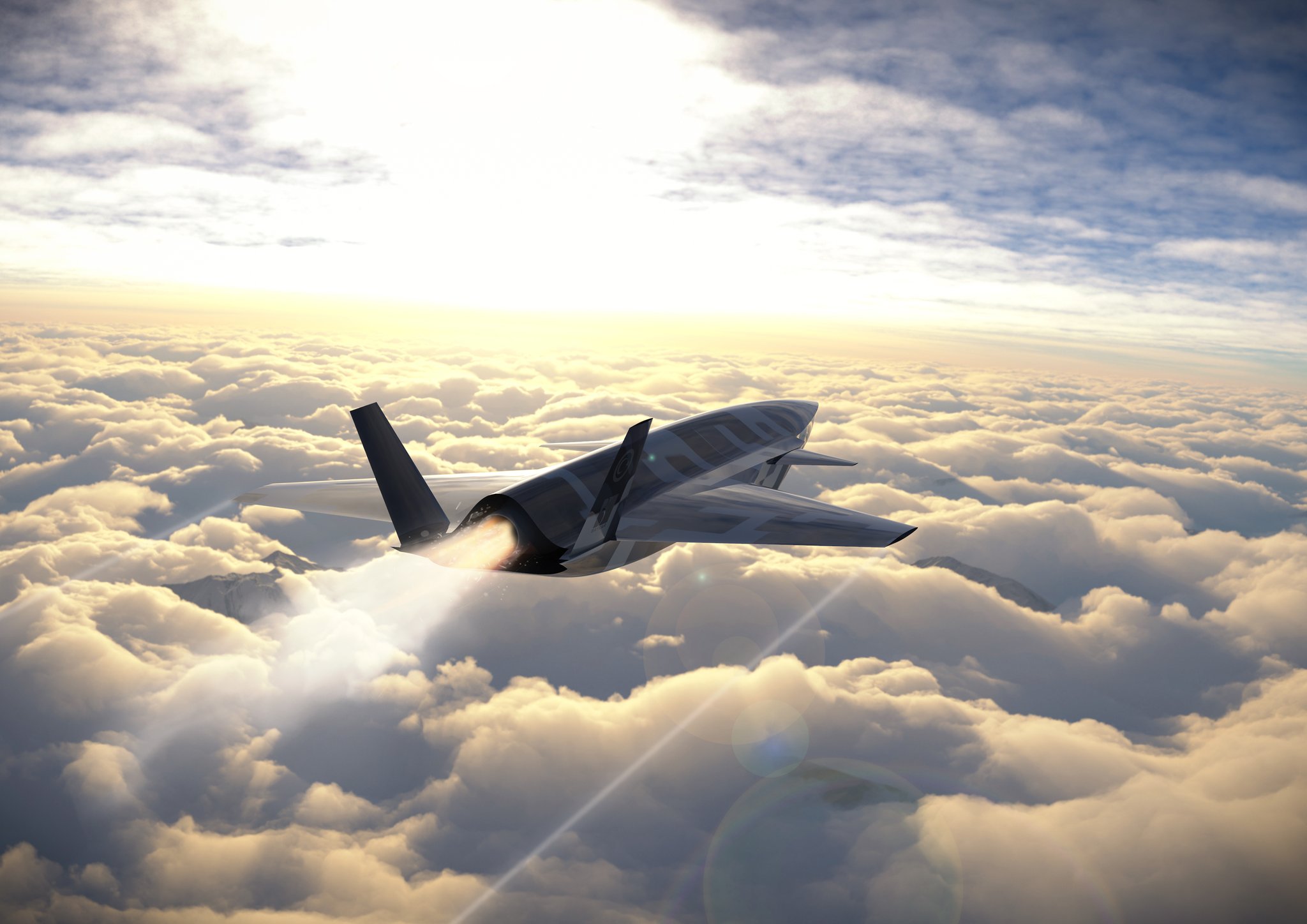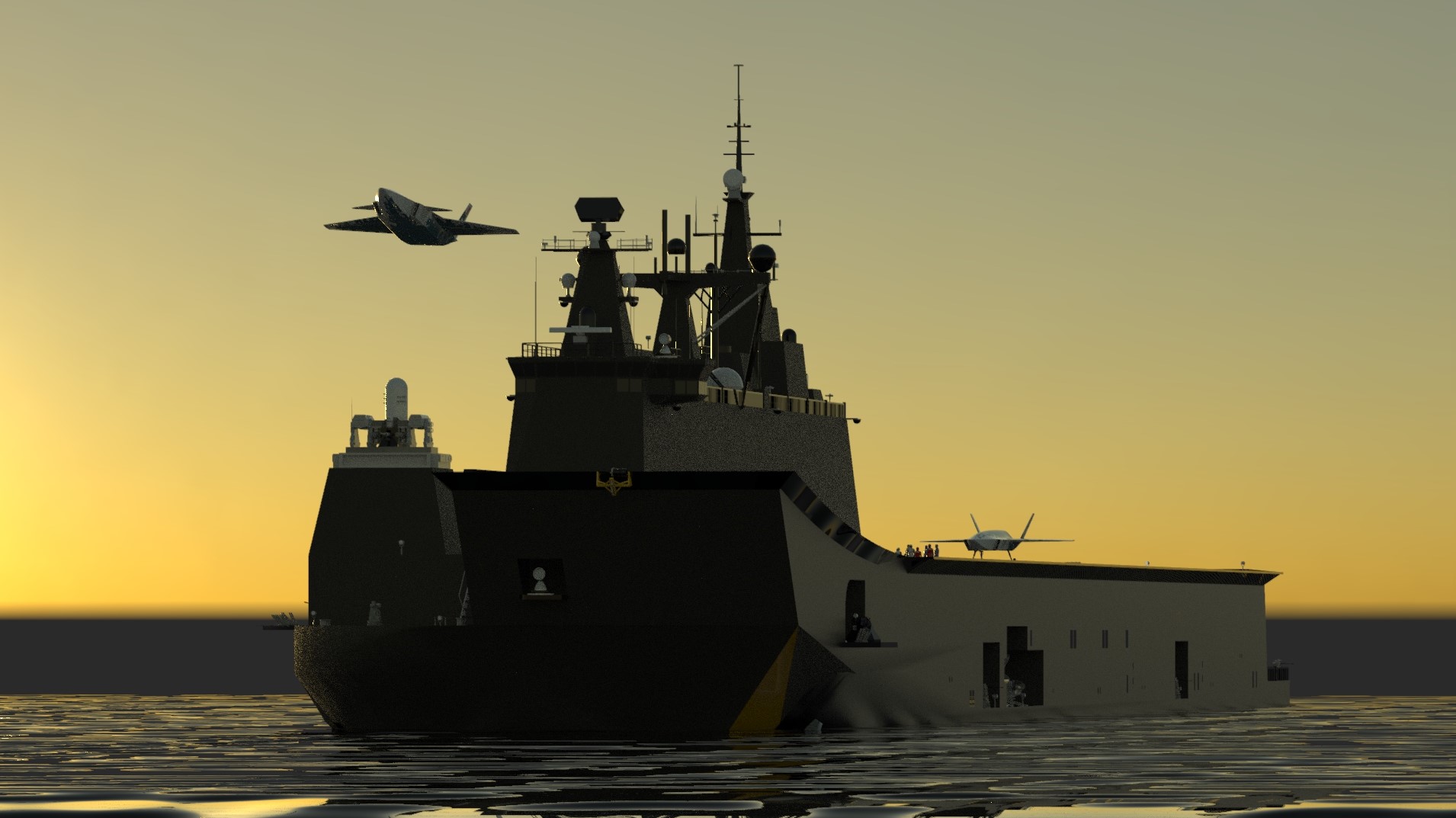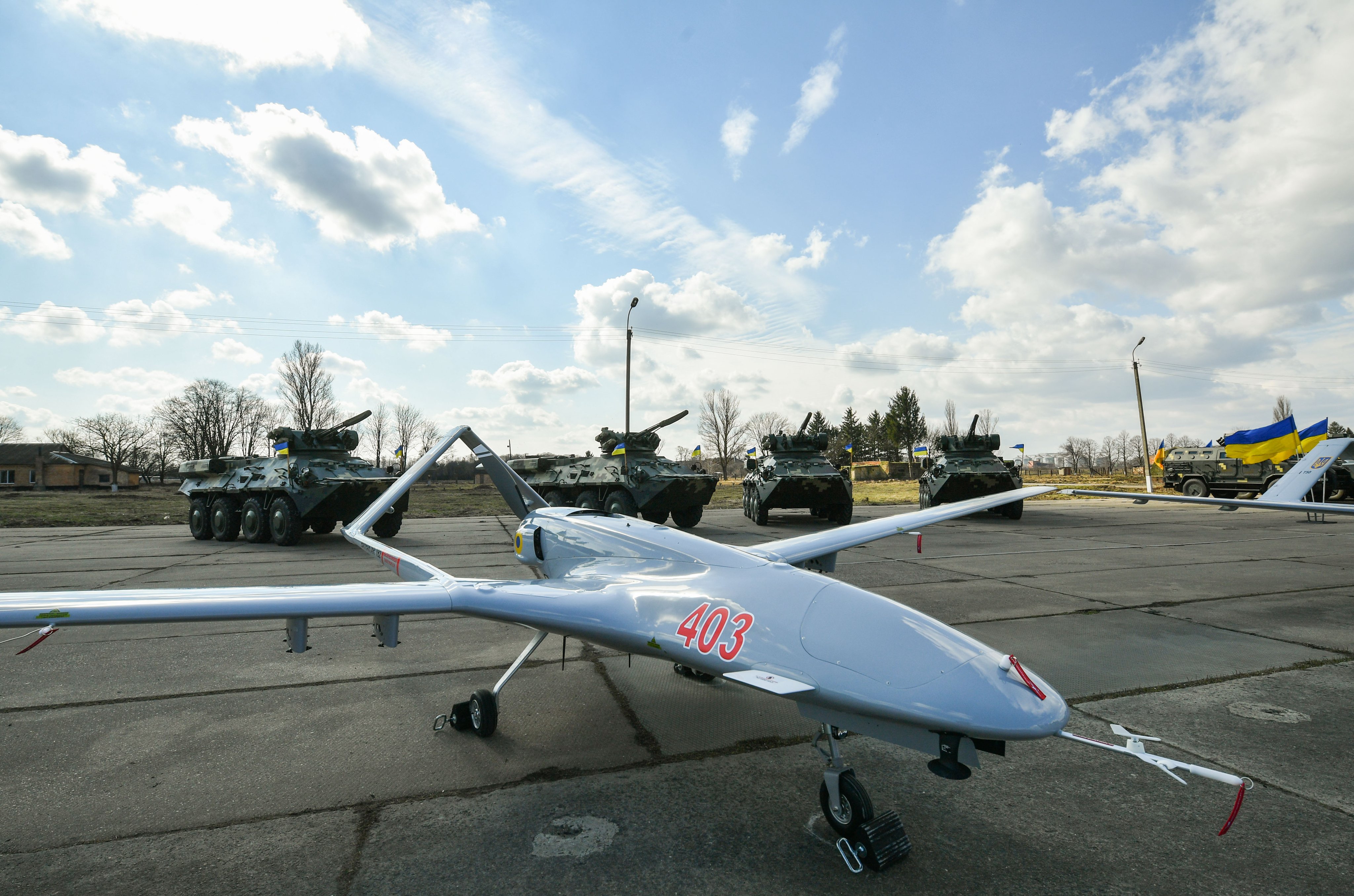Undeterred by its removal from the F-35 fighter jet program by the US, Turkey has unveiled a stealth carrier-based unmanned aircraft program to consolidate its position as a drone superpower.
Selcuk Bayraktar, the son-in-law of Turkish President Recep Tayyip Erdogan, and the chief technology officer of Turkish defense company Baykar, released a video on July 20, sharing the details of the future unmanned combat aerial vehicle (UCAV).
“Unmanned aircraft will change the concept of air warfare and will replace fifth-generation aircraft,” Bayraktar can be heard saying in the video, a sarcastic remark purportedly aimed at the US, which continues to take pride in its fifth-generation F-35 fighter jets.

Dubbed MIUS, the Turkish acronym for National Unmanned Aircraft System, the unmanned fighter eventually will possess supersonic speed, stealth capability with a maximum payload of nearly 1.5 tons.
Following the announcement, the company released concept images of the MIUS drone, demonstrating the aircraft carrier variant of the fighter with short-takeoff capabilities.
MIUS is expected to be a gamechanger for the Turkish defense industry, which is on course to establish itself as a drone superpower.
Turkey’s growing power projection and an aggressive independent foreign and military policy have worried some US lawmakers, who view Ankara’s actions to be in conflict with NATO principles.
Pegasus Hacking Row: China Fires Salvo At India, Israel & The US Over Pegasus Controversy
The MIUS Project
The MIUS project was introduced along with the Bayraktar TB2 drone and the twin-engine armed drone called Akıncı during the 2019 Innovation Week.
The video shows Selcuk Bayraktar strolling inside his family-owned company’s armed-drone research and production center in Istanbul. Viewers also get to see many semi-finished drones in the video.

Based on the concept images shared online, analysts suspect the MIUS to be a single-engine unmanned aircraft with a tailless, blended wing body design optimized for reduced radar cross-section (RCS). The aircraft will have two canards but no horizontal stabilizers and two canted vertical stabilizers. The air intakes are located on each side of the fuselage.
Bayraktar said in the video that the MIUS will incorporate artificial intelligence (AI) and intelligent fleet autonomy technologies, enabling multiple air vehicles to operate independently or fly alongside and support manned fighter aircraft.
“The MIUS will be used for different combat roles such as close air support, suppression and destruction of enemy air defenses, and air-to-air combat,” he said.
The unique element of the MIUS aircraft is that it will be able to take off without a catapult system, making it one of the few UCAVs which can operate from carriers with short-take-off abilities.
The company announced the MIUS is expected to operate from Turkey’s Landing Helicopter Dock (LHD) Anadolu, which is to be commissioned by 2022.
“Unlike other prototypes developed in this field in the world, the most important aspect is that it can land and take off from carriers. MIUS will be able to land and take off from short-runway carriers like LHD Anadolu. It will be able to take off without the help of a catapult and land on the ship with a hook system.” Selcuk Bayraktar said, adding that it will become a “force multiplier” in a theater of war.
In March 2021, the Turkish Government had approved the transformation of the future LHD Anadolu, an amphibious assault ship, into a carrier ship for attack drones, as reported by Naval News.
MIUS’s prototype is set to take to the skies for the first time in 2023, making it the third asset to operate onboard Anadolu along with TB-3 drones and indigenous jet trainer aircraft “Hurjet”, in the aftermath of the country’s F-35 jet dream crash.
Turkey-US Tensions
Following Turkey’s removal from the F-35 Joint Strike Program in response to its acquisition of the Russian S-400 air defense system, US lawmakers remain divided on the growing significance of Turkey at the geopolitical stage, according to a report by Nikkei Asia.
Some of the Senators from the anti-Ankara camp demand additional curbs on Erdogan’s conservative Turkey, accusing him of coercive politics at home and backing non-state actors in Middle Eastern wars.
Sen. Robert Menendez, a Democrat and chairman of the Senate Foreign Relations Committee, took issue with Erdogan providing military support for Azerbaijan in the Nagorno-Karabakh conflict and accused Turkey of facilitating the passage of mercenaries from Syria to fight on the side of Azerbaijan.
Similarly, Sen. James Risch, a Republican, questioned Turkey as a NATO ally, citing Ankara’s acquisition of Russian S-400 anti-air defense systems. This shows that the criticism for Erdogan’s assertive politics is bipartisan.
However, there are other US Senators who view Turkey as an important NATO ally. One such lawmaker is Victoria Nuland, the undersecretary of state for political affairs, who defined Turkey’s relationship with the US as “multifaceted and complex”.
“Our partnership with Turkey, which has the second-largest standing military in NATO, enables us to project power in the region and defend NATO’s eastern and southern flanks,” she said, commending Ankara’s offer to secure Kabul airport amid the US and NATO troop withdrawal from Afghanistan.
Indian LCA Tejas Or Pakistani JF-17: Who Is Winning The Malaysian Fighter Jet Contract?
Turkey As A Major Military Power
A successor of the vast Ottoman Empire, historically Turkey has had the characteristics of world power. The country’s modern-day founder and nation-builder, Mustafa Kemal Atatürk, is remembered as a stalwart for his diplomatic and cultural outreach to regional powers while balancing between the US and the erstwhile USSR.
However, under President Erdogan, Turkey has embarked upon the path to establish itself as a significant hard power with an independent foreign and defense policy.
“Turkey now has the power, will, and determination to eliminate at the source every threat to its homeland’s integrity, the nation’s unity, and the state’s permanence,” Erdogan said addressing the ruling party lawmakers earlier this month.

A part of this renewed military prowess is to upgrade the indigenous defense industry, which Turkey has successfully managed to do by harnessing drone technologies.
Turkey’s military drones have customers in every part of the world and have had a significant impact on regional war outcomes. Some military experts characterize this new warfare – fighting with a large number of small things – as the opening phase of a revolution in military affairs (RMA), Nikkei Asia reported.
For instance, in Syria, Turkey’s drone-driven assaults took out two jets, two drones, eight helicopters, 135 tanks, and 10 air defense systems while killing or seriously wounding 2,557 personnel, as per Ankara’s estimate.
Similarly, in the Nagorno-Karabakh conflict between Azerbaijan and Armenia, Turkish-backed Azerbaijani forces destroyed 190 main battle tanks, 100 armored personnel carriers, and infantry fighting vehicles, along with dozens of air defense systems, giving a fatal blow to the militarily stronger Armenian side.
In Libya and northern Iraq as well, Turkish-backed factions continue to use combat drones for attacking pro-establishment forces. Earlier this year, a UN Security Council report alleged that Turkey-manufactured Kargu-2 drone attacked soldiers fighting in Libya without “human control”, an allegation later dismissed by Turkey.
from Hacker News https://ift.tt/3jchWGe
No comments:
Post a Comment
Note: Only a member of this blog may post a comment.